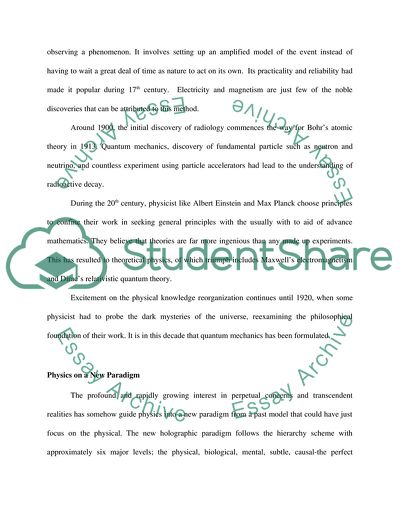Cite this document
(Physics and Cosmology, Common and Different Essay, n.d.)
Physics and Cosmology, Common and Different Essay. https://studentshare.org/physics/1713910-nt-in-review-physics-and-cosmology
Physics and Cosmology, Common and Different Essay. https://studentshare.org/physics/1713910-nt-in-review-physics-and-cosmology
(Physics and Cosmology, Common and Different Essay)
Physics and Cosmology, Common and Different Essay. https://studentshare.org/physics/1713910-nt-in-review-physics-and-cosmology.
Physics and Cosmology, Common and Different Essay. https://studentshare.org/physics/1713910-nt-in-review-physics-and-cosmology.
“Physics and Cosmology, Common and Different Essay”. https://studentshare.org/physics/1713910-nt-in-review-physics-and-cosmology.


